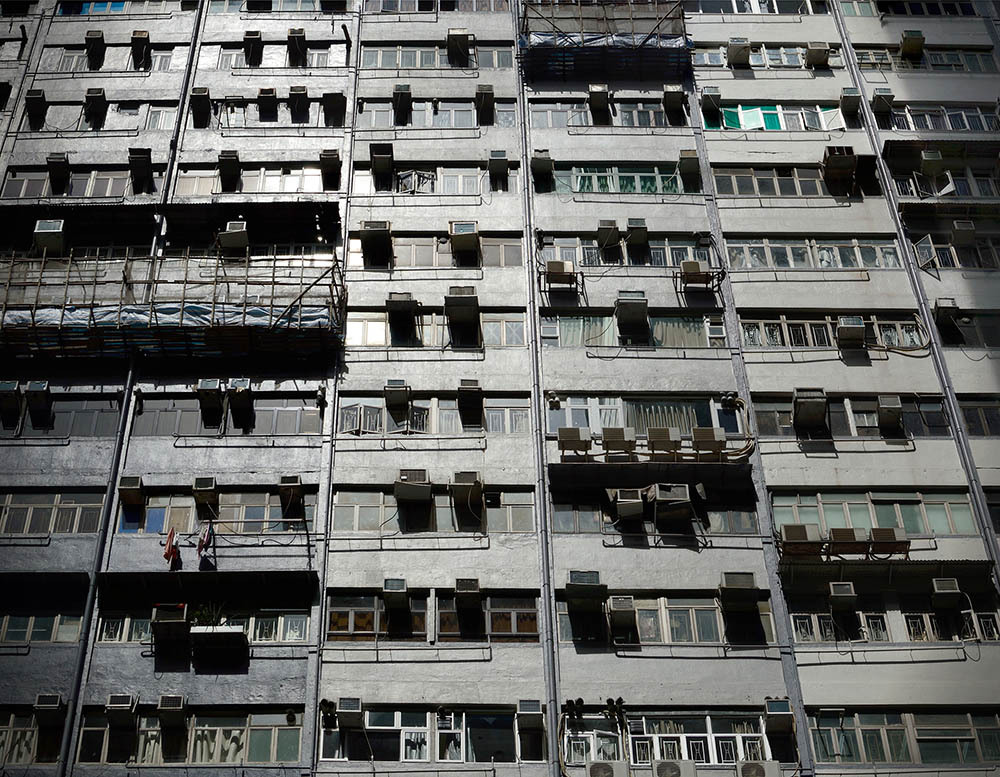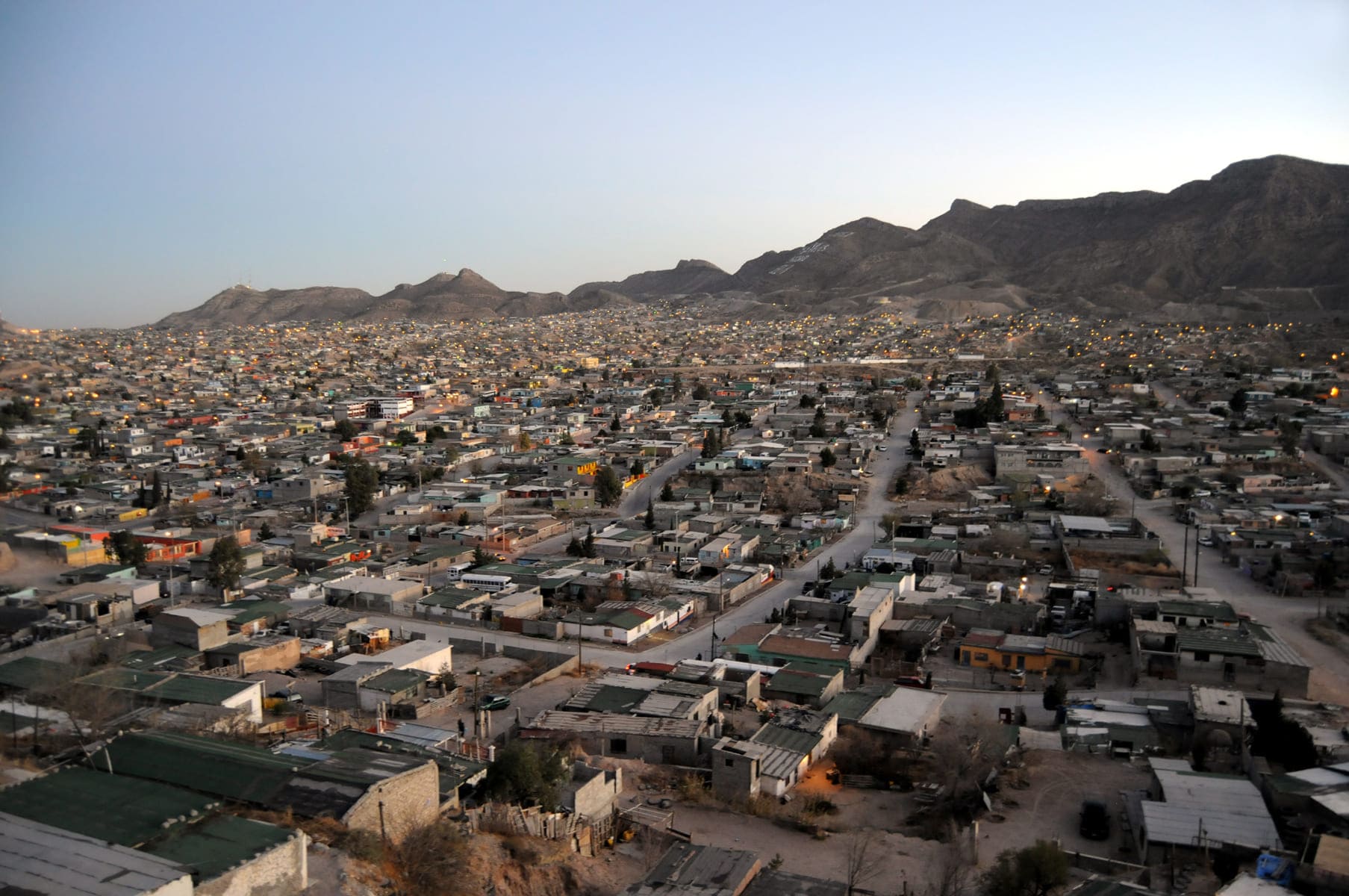Is air conditioning alleviating heat stress for everyone?
Air conditioning is a double-edged sword. It is responsible for a significant reduction of heat-stress-related mortality in developed countries, but it brings along its own set of challenges.
This story is illustrated with global Universal Thermal Climate Index (UTCI) maps. UTCI is an indicator similar to “perceived temperature”, that expresses the thermal well-being of a person in relation to the surrounding environment.
Lobelia Earth has created the UTCI projections dataset, based on Copernicus Climate Change Service (C3S) data from the Climate Data Store.
As temperatures rise globally and heat stress becomes more prevalent, energy consumption due to the use of air conditioning (AC) appliances is expected to skyrocket.

A study on 25 million Mexican households in 2009-2012 showed that energy consumption is highly dependent on air temperature1, or more accurately on thermal stress.

The link between electricity consumption and climate is stronger in regions where AC appliances are more abundant. In the Sonora and Sinaloa states, where AC penetration exceeds 50%, a single additional day above 32 °C (90 °F) increases the monthly electricity bill by 4.2%.

2040
2060
2080
By the end of this century, residential electricity consumption in Mexico is expected to rise between 64% and 83% with respect to 2010, as a consequence of higher thermal stress and more widespread AC adoption and usage.
In AC-saturated California, electricity expenditure is expected to increase by 39% in 2100 relative to 1980-2000, in a scenario with zero population growth and only moderate price increments2.

AC has played a key role in climate adaptation. In the US, where states like Texas and Florida already had 90% AC penetration in 19803, studies have shown that the significant reduction in heat-related mortality during the XXth century, especially after 1960, is fully attributable to the advent of air conditioning4.

But the benefits of AC adoption have been elusive until now for low-GDP countries, even those located in relatively warmer climates such as Brazil (30% market penetration), India (20%) or again Mexico (16%)5.
Even in relatively wealthy countries in Europe, low-income families not only have limited access to AC, but are bound to be hit by overall increased electricity consumption, feeding the loop leading to energy poverty.
2040
2060
2080
2100
In Spain, already 19% of families spend more than 5% of their income on electricity6. In future heat stress periods, the combination of demand spikes from AC-equipped households (60%) and numerous energy-poor families may lead to scenarios of deeper inequality.

There is little doubt that air conditioning will become a key resilience strategy in a global changing climate. AC adoption will surge, not only ensuring thermal comfort but also reducing heat-related mortality.
But AC will also introduce additional stresses in the system, causing a regressive impact on lower-income households and poorer countries due to increased electricity consumption, and also leading to additional emissions (up to 30 millions tons of CO₂ every year, from AC usage in Mexico alone1).
Suitable policies should address the societal and ecological downsides of air conditioning, targeting a decarbonised power mix, more efficient appliances, and a resolute fight against energy poverty.